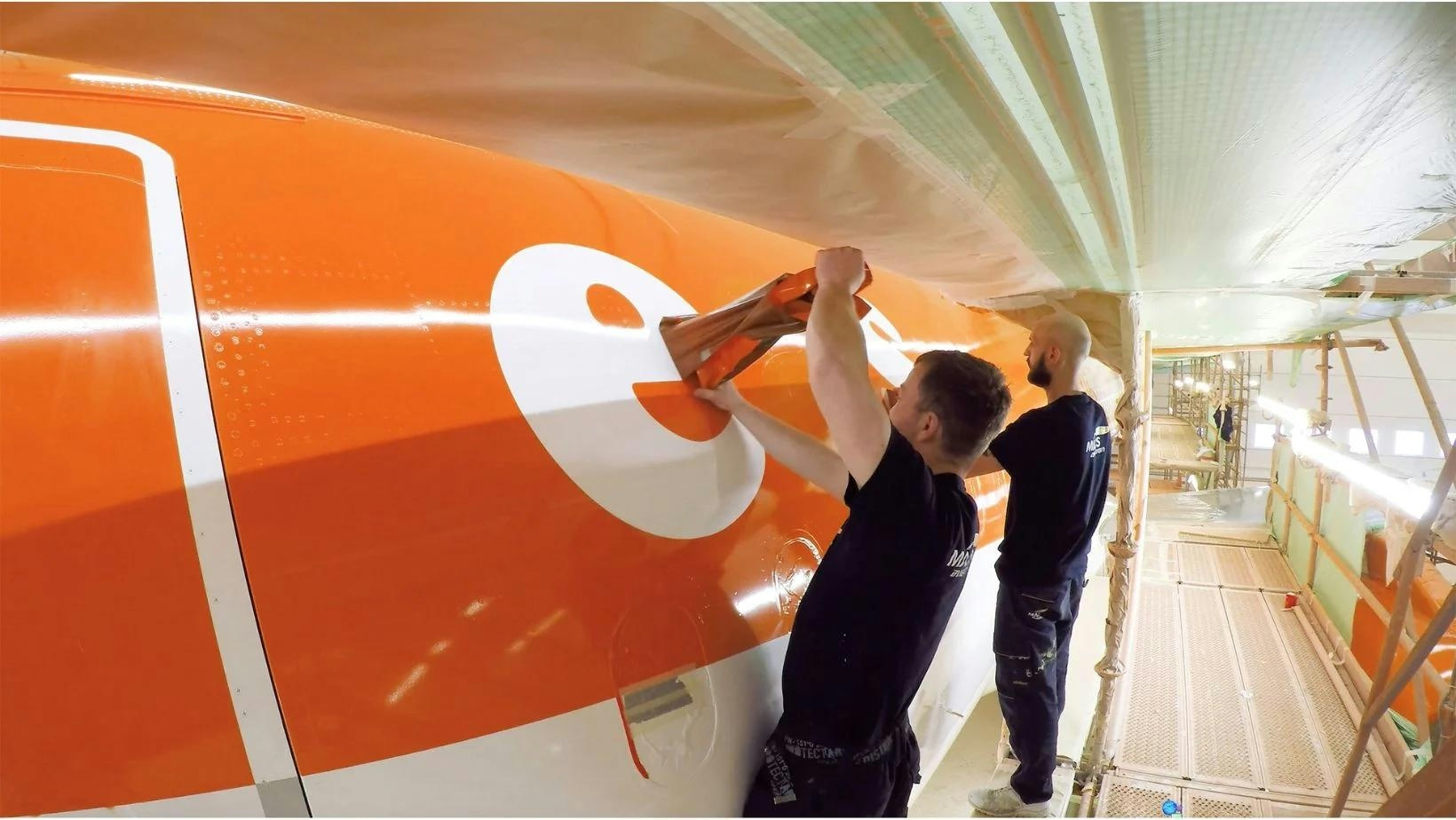
AeroGenie — Votre copilote intelligent.
Tendances
Categories
Supercomputer Simulation Ignites Debate Over Jet Emissions and Sustainable Aviation
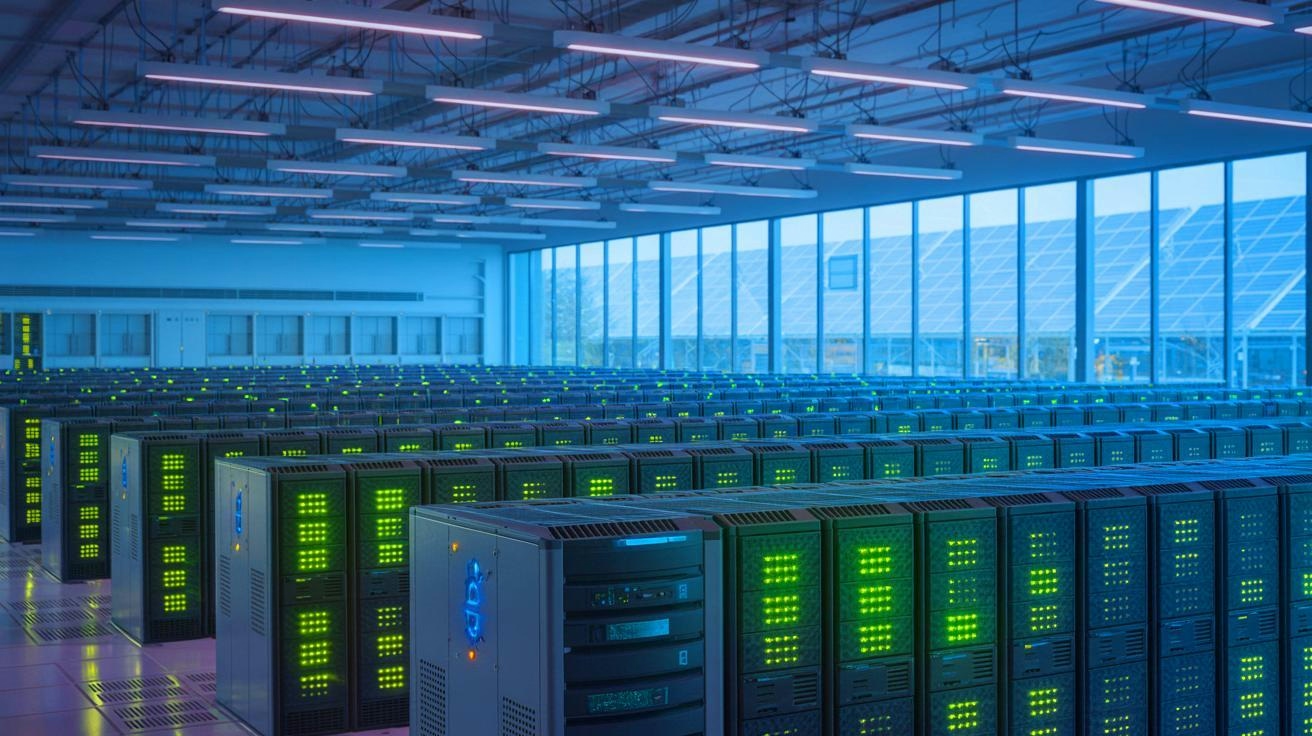
Supercomputer Simulation Ignites Debate Over Jet Emissions and Sustainable Aviation
Researchers are leveraging the immense computational power of the Aurora supercomputer to revolutionize airplane design, with the aim of enhancing efficiency and reducing emissions in the aviation sector. Situated at Argonne National Laboratory, Aurora ranks among the world’s first exascale supercomputers, capable of executing over a quintillion calculations per second. This extraordinary processing capability allows scientists to conduct highly detailed simulations that could fundamentally alter the future of flight.
Revolutionizing Aircraft Design Through Advanced Simulation
A research team from the University of Colorado Boulder is utilizing Aurora’s capabilities to conduct in-depth analyses of airflow around commercial aircraft. Employing sophisticated tools such as HONEE for precise airflow simulations and integrating machine learning models in real time, the researchers are able to capture the complex physics of turbulent air around critical components like the vertical tail and rudder. This methodology enables more accurate predictions of drag and fuel efficiency, ultimately facilitating the design of smaller, lighter, and more efficient aircraft parts.
Traditionally, airplane tails are constructed larger than necessary to accommodate rare but extreme conditions, such as crosswind takeoffs with one engine inoperative. The research team contends that a deeper understanding of airflow dynamics can safely justify reducing the size of these components, thereby producing lighter aircraft and lowering emissions.
The Integration of Artificial Intelligence and Simulation Tools
Machine learning plays a pivotal role in this innovative design process. High-fidelity simulation data is employed to train subgrid stress (SGS) models, which forecast the effects of minute turbulent air movements that remain unresolved in lower-resolution simulations. The fusion of AI with simulation frameworks like SmartSim and PETSc accelerates the design cycle and diminishes dependence on costly physical testing.
This real-time, data-driven approach represents a significant departure from traditional methods, which typically rely on slower, offline analysis of extensive datasets. The result is a more efficient and responsive design process, potentially expediting the adoption of sustainable aviation technologies.
Industry Implications and Emerging Challenges
Despite the considerable promise of supercomputer-driven aircraft design, several challenges remain on the path to widespread implementation. Regulatory bodies may encounter difficulties in updating emission standards to keep pace with emerging technological capabilities. Airlines and manufacturers could face substantial expenses when retrofitting existing fleets to align with the latest efficiency insights. Moreover, further technological advancements are necessary to fully harness the potential of these sophisticated simulations.
The market is already reacting to these developments, with investor interest in sustainable aviation technologies increasing. Industry competitors are exploring diverse strategies, ranging from the development of greener fuels to investments in their own advanced simulation platforms, in an effort to maintain a competitive advantage. According to McKinsey’s Technology Trends Outlook 2025, the rapid innovation in this sector may accelerate the adoption of these transformative changes, reshaping the aviation landscape in the near future.
Looking Ahead
As supercomputing and artificial intelligence continue to evolve, the aviation industry stands poised for a significant transformation. The integration of powerful simulations and machine learning not only promises cleaner and more efficient aircraft but also ignites critical discussions regarding the pace of regulatory adaptation, investment priorities, and the broader future of sustainable flight.

United Airlines Integrates AI into Mobile App
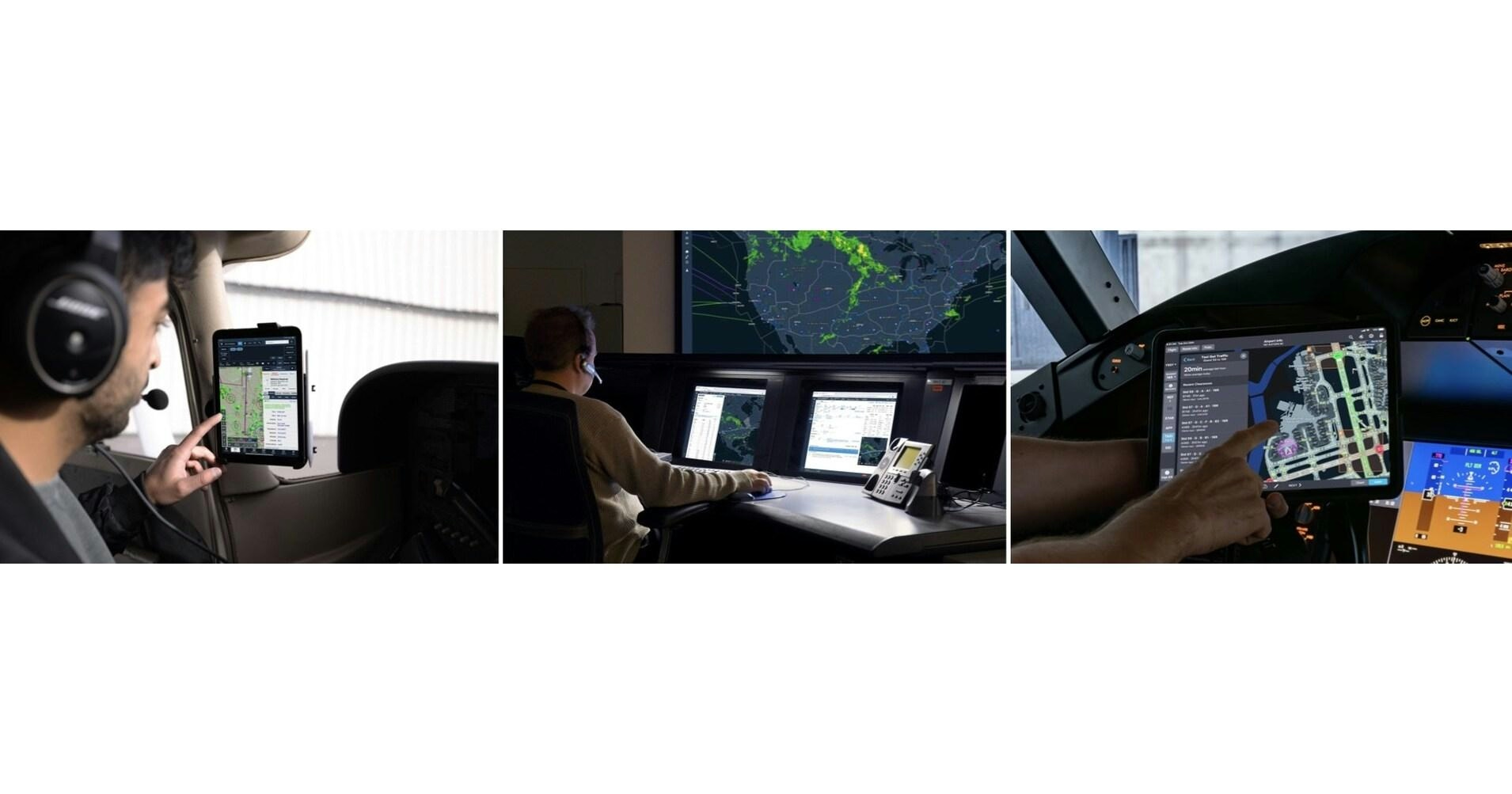
Jeppesen ForeFlight Names New Executives to Lead Aviation Initiatives
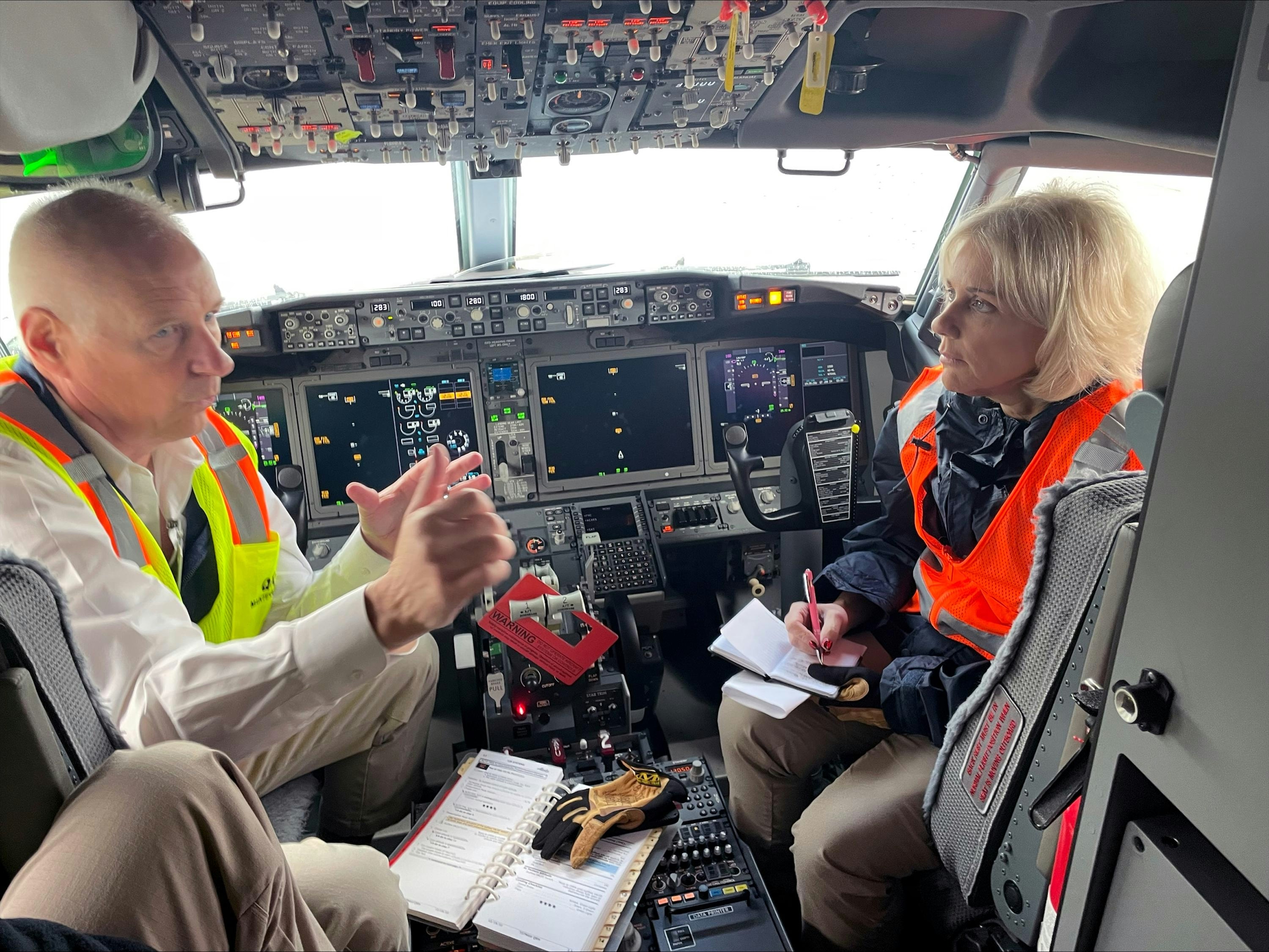
737 MAX Engine Shuts Down Mid-Flight After Cockpit Sun Visor Detaches
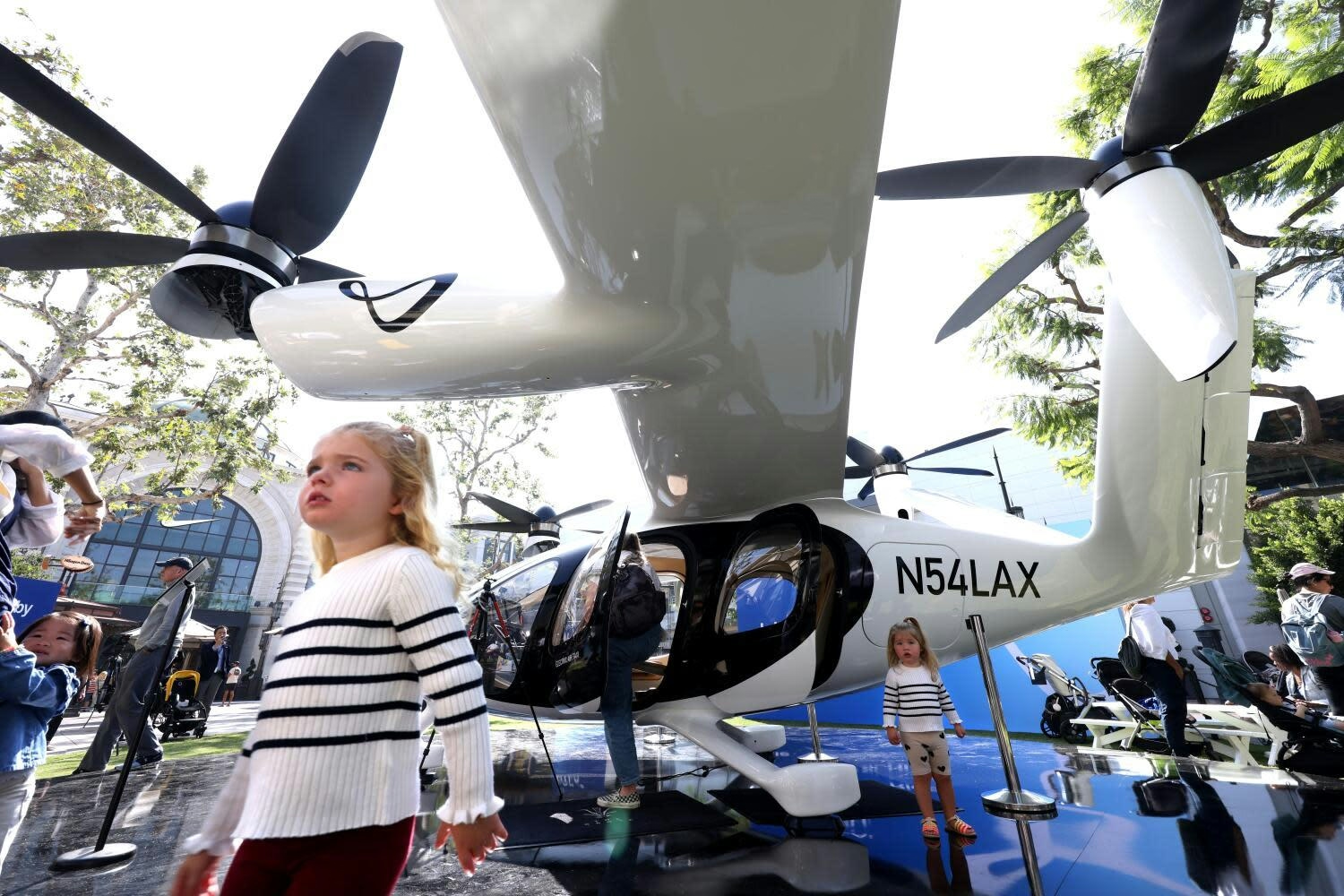
Air Taxis Are Not a Viable Solution to Broward’s Traffic Problems

The Vision Jet and the Future of Personal Aviation
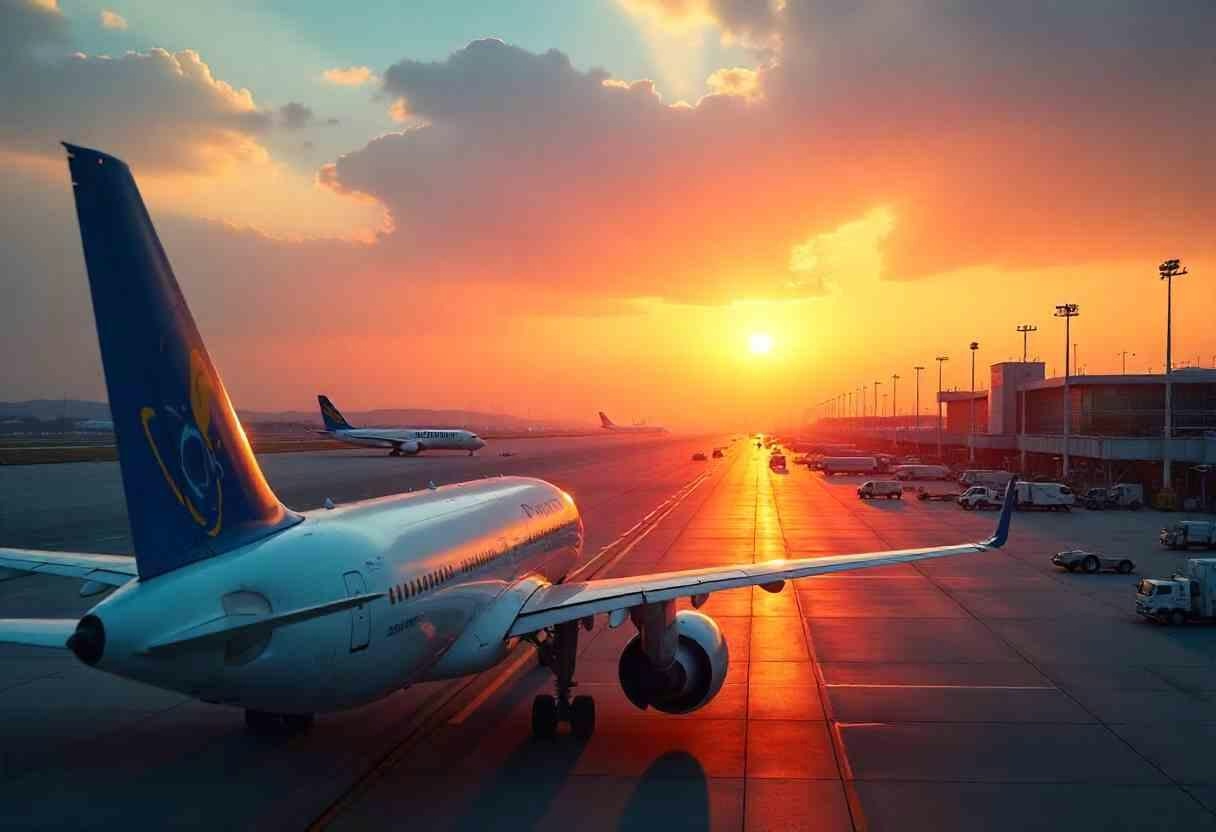
Aircraft Leasing Market Expected to Grow Amid Changing Tourism and Fleet Demands

Sentient Jet Introduces Cryptocurrency Payments
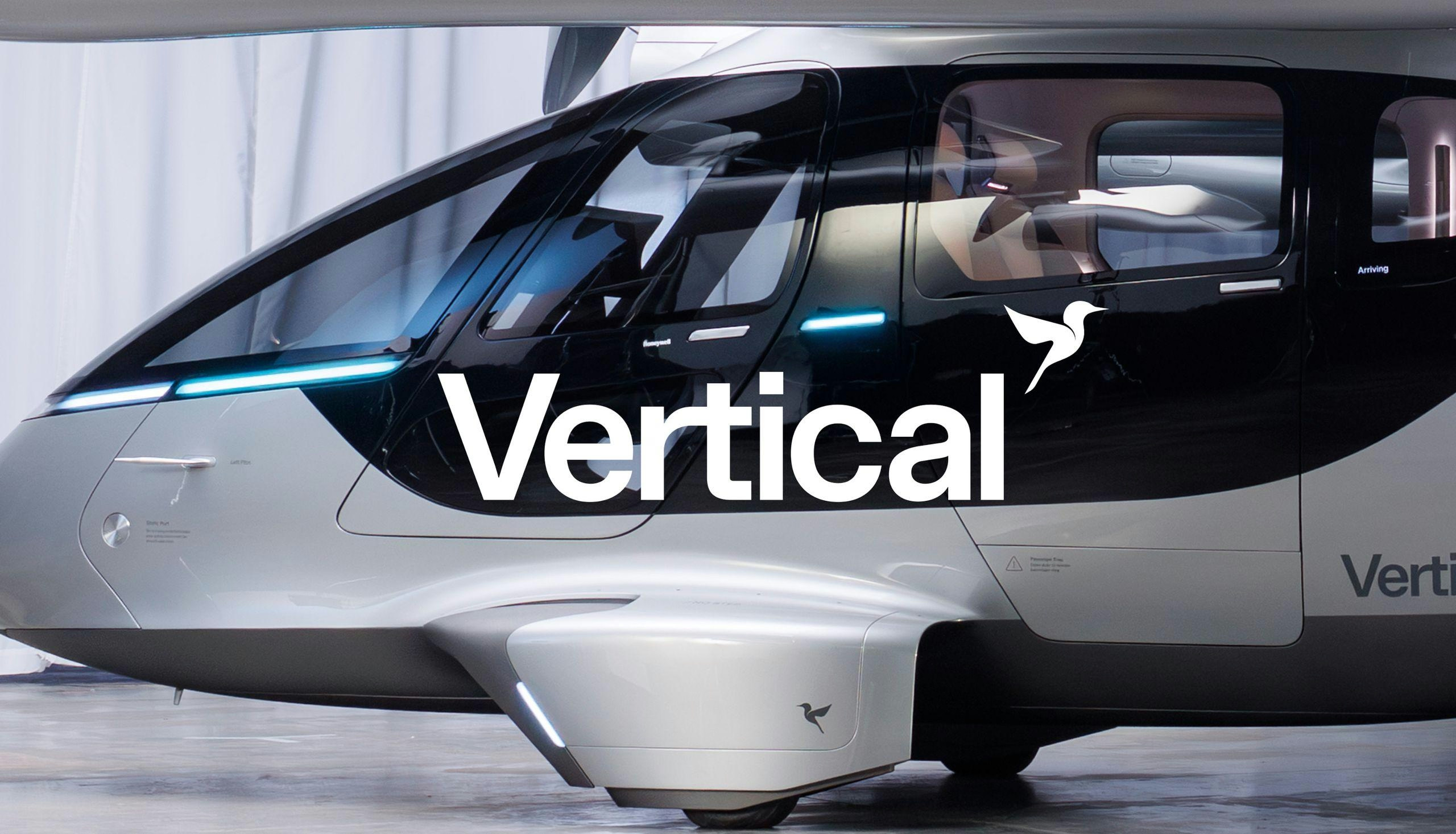
Pentagram Designs Identity for eVTOL Company Vertical Aerospace
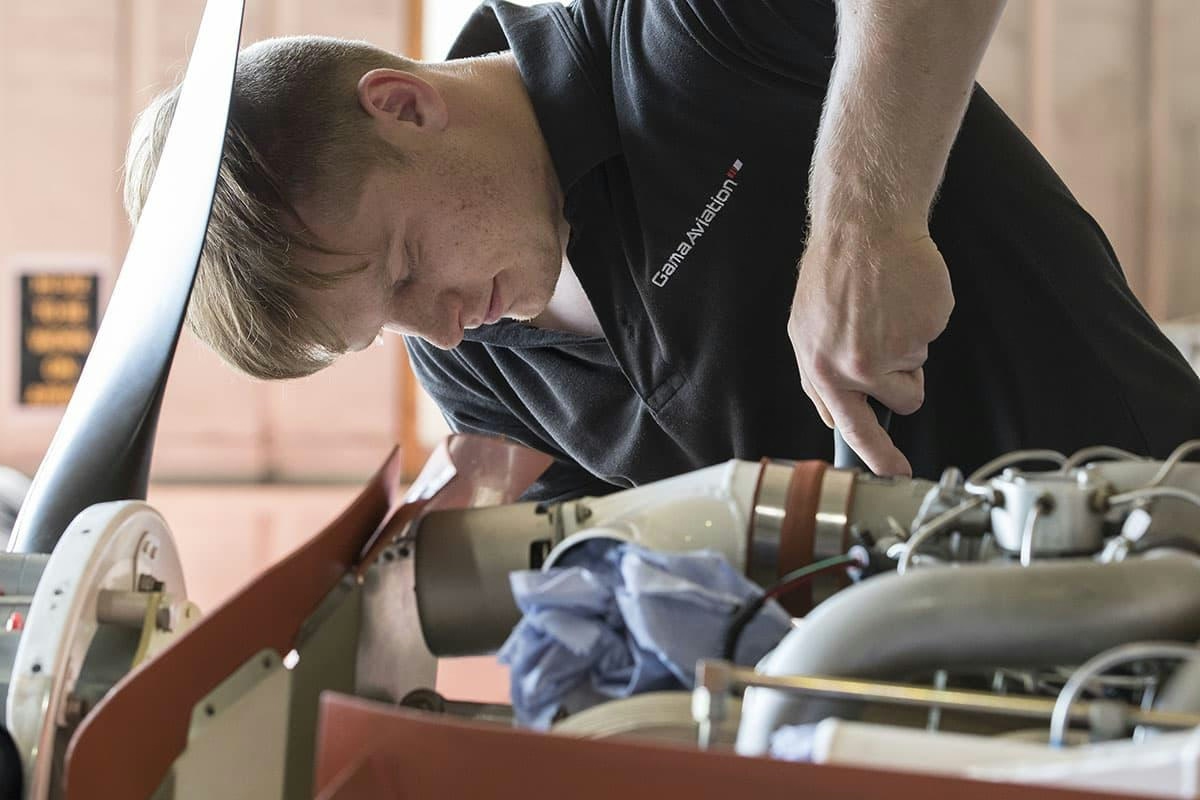
Gama Aviation Expands Services with New Paintshop at Staverton
